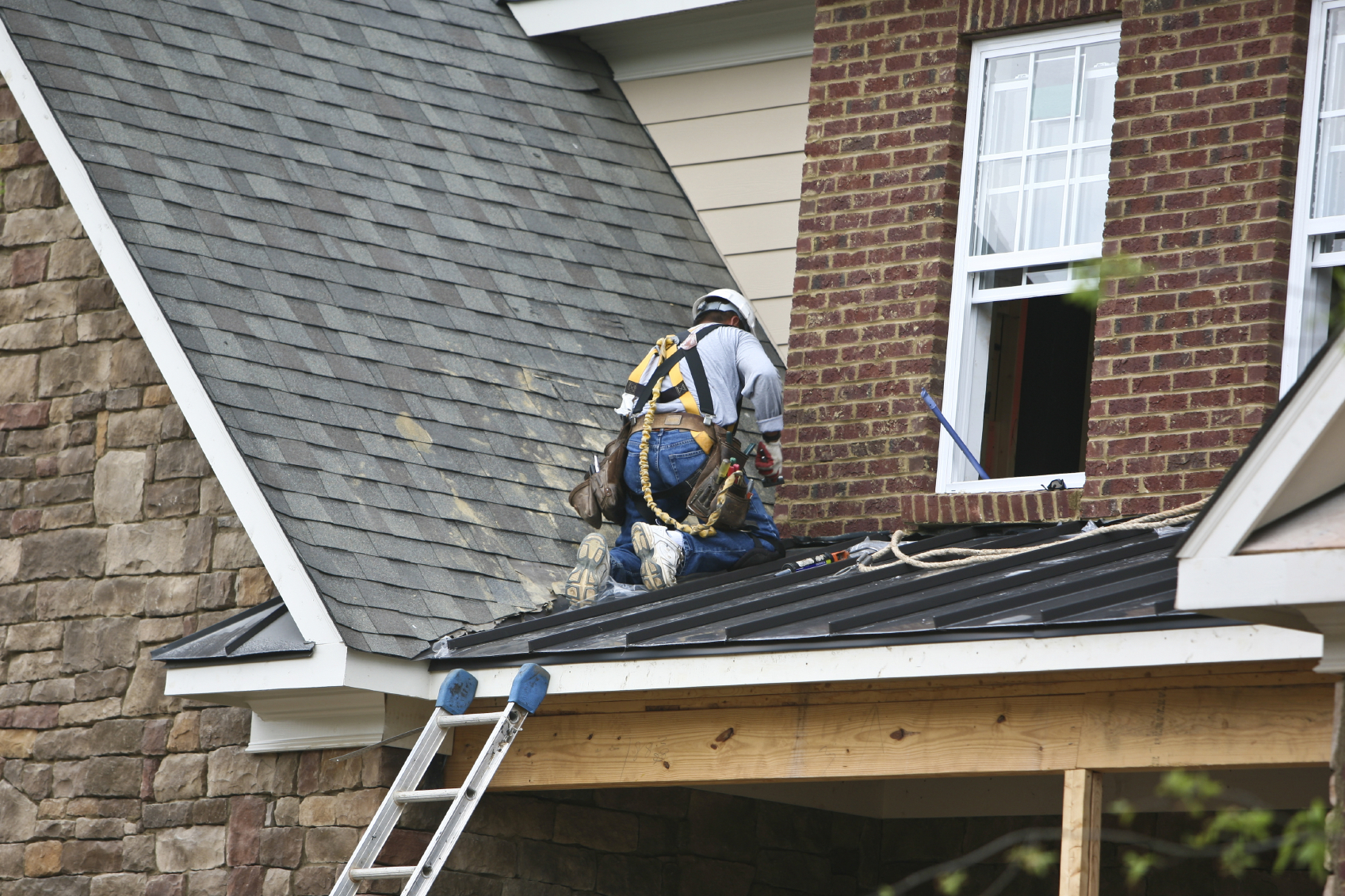As householders, people commonly neglect one of the most crucial aspects in our homes: the roofing. Yet, understanding Commercial roofing Kearney and timelines concerning roof maintenance and replacement is essential for safeguarding our properties. The roof market has evolved significantly over the years, offering innovative materials, creative solutions, and sustainable options which can improve the lifespan and performance for roofing. With insights from industry experts, this piece aims to guide householders about all aspects of roofing, from recognizing when it’s time for a new roof to navigating the complexities of installation and repair.
Whether you're questioning the lifespan of your existing roof or if you are debating the benefits of different roofing materials, this complete guide will discuss the essential aspects of roof maintenance and replacement. This guide will examine frequent roof problems, the pros and cons of professional versus DIY repairs, and look into the newest trends and advancements that are directing the evolution of roofing. Equipped with knowledge and expert recommendations, you are able to make educated choices that safeguard not just your home but also potentially increase its value.
Roofing Re-roofing Fundamentals
Knowing when it's appropriate for a roof renewal is vital for property owners. Multiple indicators can indicate that a replacement roof is required, for example the roof's age, visible wear and tear, and the presence of leaks. Most roofs have a lifespan of 15 to thirty years based on the material used. Routine inspections can assist identify potential issues in advance, allowing owners to address them before they escalate into expensive repairs or replacements. Proactively about roof maintenance can significantly extend the life of your roof.
Choosing the best roofing material for your house is another essential aspect of the re-roofing process. Different materials not only vary in cost but also in lifespan, maintenance needs, and energy performance. Asphalt shingles are common due to their cost-effectiveness, while metal roofs offers substantial longevity. Tile and stone roofs are visually appealing and can provide superb insulation but tend to be pricier. It's crucial to consider the advantages and disadvantages of materials to find the most suitable option for your needs and financial situation.
Once the decision to replace a roof is decided, understanding what to expect during the installation process is important for a seamless experience. Residents should prepare for the interruption of their daily routines as roofing work typically involves tearing off the old roof and installing fresh materials. Communication with the roofing contractor can help reduce any surprises. It's also prudent to ask about warranty options and ask about proper maintenance following installation to ensure the longevity of the new roof.
Roof Restoration and Care
Maintaining a roof is vital for extending its lifespan and guaranteeing the safety of your property. Frequent checks should be conducted to identify any indications of wear and tear, such as unfastened shingles, breaks, or absent tiles. Householders should be proactive in monitoring their roofs, especially after harsh weather conditions. Creating a routine maintenance schedule can help detect minor troubles before they escalate into costly repairs.
Fixing common roof issues can often prevent homeowners substantial costs down the road. Concerns like minor leaks, worn shingles, or debris gathering can usually be handled with easy solutions. However, knowing when a fix is adequate versus when a full replacement is required is essential. Property owners should speak with professional roofing experts for comprehensive inspections and specific suggestions based on the particular problems they’re dealing with.
Proper maintenance goes beyond fixes; it also includes preventive measures. Cleaning gutters regularly, guaranteeing proper airflow in the attic, and cutting back overhanging limbs can significantly lessen potential harm from weather-related events. By applying these upkeep tactics, homeowners can preserve their roofs, improve their resilience, and lessen the risk of unexpected maintenance charges.
Advancements in Roofing
The roof business is undergoing a substantial transformation with innovations in technology and materials, altering how we approach roof installation and upkeep. One of the most remarkable innovations is the creation of solar panel roofing that seamlessly integrate with traditional roofing materials. These systems provide property owners with the ability to capture solar energy while maintaining the visual appeal of their roofs. This not just contributes to cost savings but also supports a more eco-friendly way to fuel homes.
Another noteworthy development is the introduction of intelligent roofing systems equipped with detection systems that assess the structural integrity of roofs in real time. These intelligent solutions can recognize leaks, heat fluctuations, and future damage, providing homeowners with critical information for timely repairs. This preventative approach to roof maintenance can lengthen the longevity of roofs and reduce long-term costs associated with surprise maintenance or swaps.
Additionally, new substances are being engineered to improve strength and energy performance. Advanced synthetic materials and reflective coatings are becoming popular choices due to their ability to tolerate extreme climatic conditions while lowering heat absorption. This also lowers utility costs but also lessens the environmental impact of roofing. As these innovations continue to come forth, individuals will have more options than ever to select roofs that not just protect their homes but also support their principles for eco-friendliness and energy efficiency.

